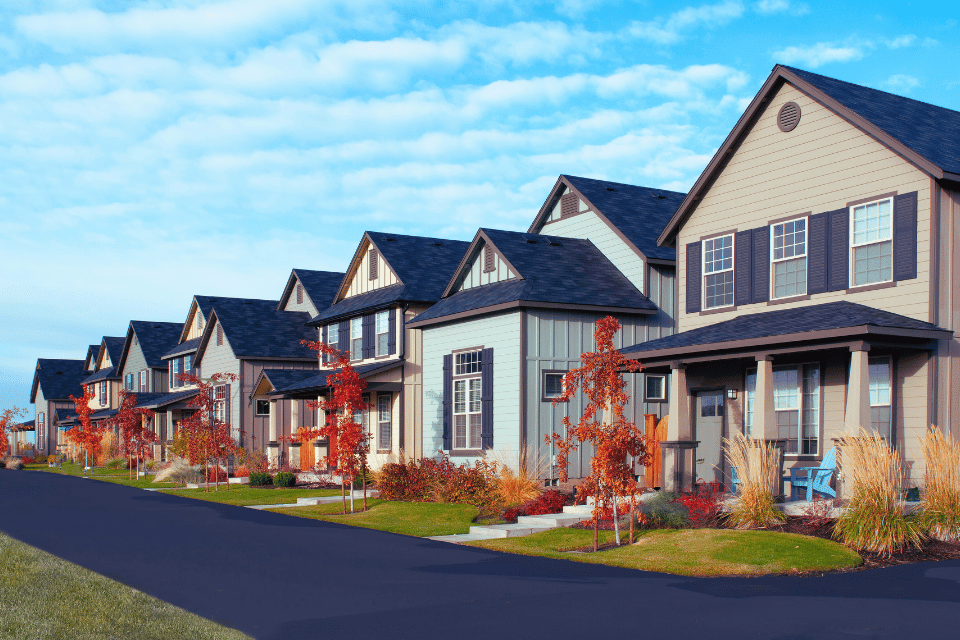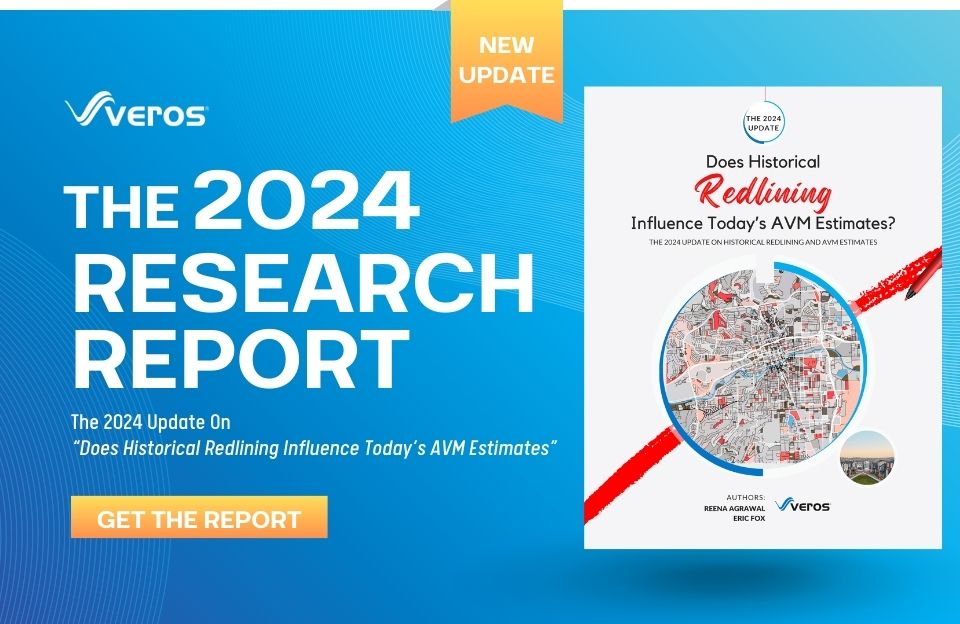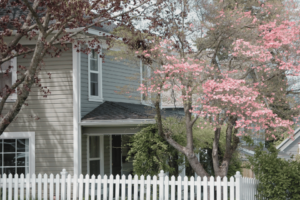The housing market is defying expectations. Traditionally, a rise in available homes (inventory) coupled with a decrease in buyer demand would lead to price stabilization or even a decline. However, in this strange market, existing home inventory has been steadily climbing since December 2023, while demand has softened, yet prices continue their upward trajectory. What’s causing this disconnect?
First, let’s examine the supply and demand numbers. The inventory of existing homes available for sale has increased steadily, from 0.99 million in December 2023 to 1.28 million in May 2024. For comparison, the average number of homes available in 2018 was 1.53 million and 1.39 million in 2019. In terms of months’ supply, inventory has risen from 3.1 in December 2023 to 3.7 in May 2024, compared to 4.0 months in 2018 and 3.9 months in 2019. On the demand side, the number of homes sold in May 2024 was 4.11 million (seasonally adjusted annual rate) compared to 4.23 million a year ago, indicating some slowdown in the number of homes purchased.
Several factors contribute to this unusual situation of rising inventory, cooling demand, and yet stubbornly high prices. On the supply side, lingering seller optimism has led sellers to hold onto unrealistic price expectations despite changing market dynamics. This keeps homes on the market for longer. Also, rising inventory may not represent the homes most in demand, with an abundance of luxury properties or homes in less desirable locations, leaving the most desirable properties to attract significant competition. The NAR’s 2024 Home Buyers and Sellers Generational Trends report indicates that 60% of buyers were influenced by neighborhood quality, and 45% by proximity to friends and family.
On the demand side, elevated mortgage rates and high home prices push affordability limits, dampening demand but not enough to significantly drop prices. Demographics continue to drive demand, with millennials comprising 38% of buyers and a third being first-time buyers. The desire for homeownership remains strong, with 26% of buyers citing it as the primary reason and 82% viewing home purchases as a good investment. Notably, 56% of buyers paid 100% or more of the asking price, underscoring the continuing price increases.
What Lies Ahead?
While the current situation seems counterintuitive, it might indicate a market shift towards greater balance. As inventory continues to rise and demand cools further, sellers may need to adjust their pricing strategies to attract buyers, potentially shifting the market from a seller’s advantage to a buyer’s advantage, giving buyers more negotiating power. It’s important to recognize that the US housing market exhibits significant regional variations, so the national picture might not reflect local complexities. Some areas may experience a more pronounced slowdown, while others remain competitive. Even in regions where the market is slowing, such as Florida, prices are not expected to depreciate significantly because inventory remains low or has only caught up to pre-pandemic levels.










